Camping—a timeless escape from the cacophony of modern life—beckons adventurers to embrace simplicity, breathe in fresh air, and reconnect with nature. From rugged mountain peaks to serene coastal shores, camping destinations offer a diverse tapestry of experiences. Let’s pitch our tents and explore the globe’s most awe-inspiring camping spots.
Criteria for Selection
Our selection process considered several vital factors:
- Natural Beauty: Each destination had to boast breathtaking landscapes, whether it’s snow-capped peaks, dense forests, or pristine lakeshores.
- Accessibility: We favored places accessible to both seasoned campers and novices.
- Facilities: While we celebrate the wild, we also appreciate well-maintained campgrounds with amenities like clean restrooms and fire pits.
- Safety: Safety is paramount; we chose destinations with minimal risks.
- Unique Features: Whether it’s stargazing opportunities or rare wildlife sightings, uniqueness mattered.
- Sustainability: We celebrate destinations that promote eco-conscious camping.
Global Overview of Camping Destinations
1. Banff National Park, Canada
- Location: Alberta, Canada
- Features: Majestic Rocky Mountains, turquoise glacial lakes, and abundant wildlife.
- Camping Options: Tent camping, RV sites, and backcountry camping.
- Best Time to Visit: Summer for hiking and wildlife viewing.
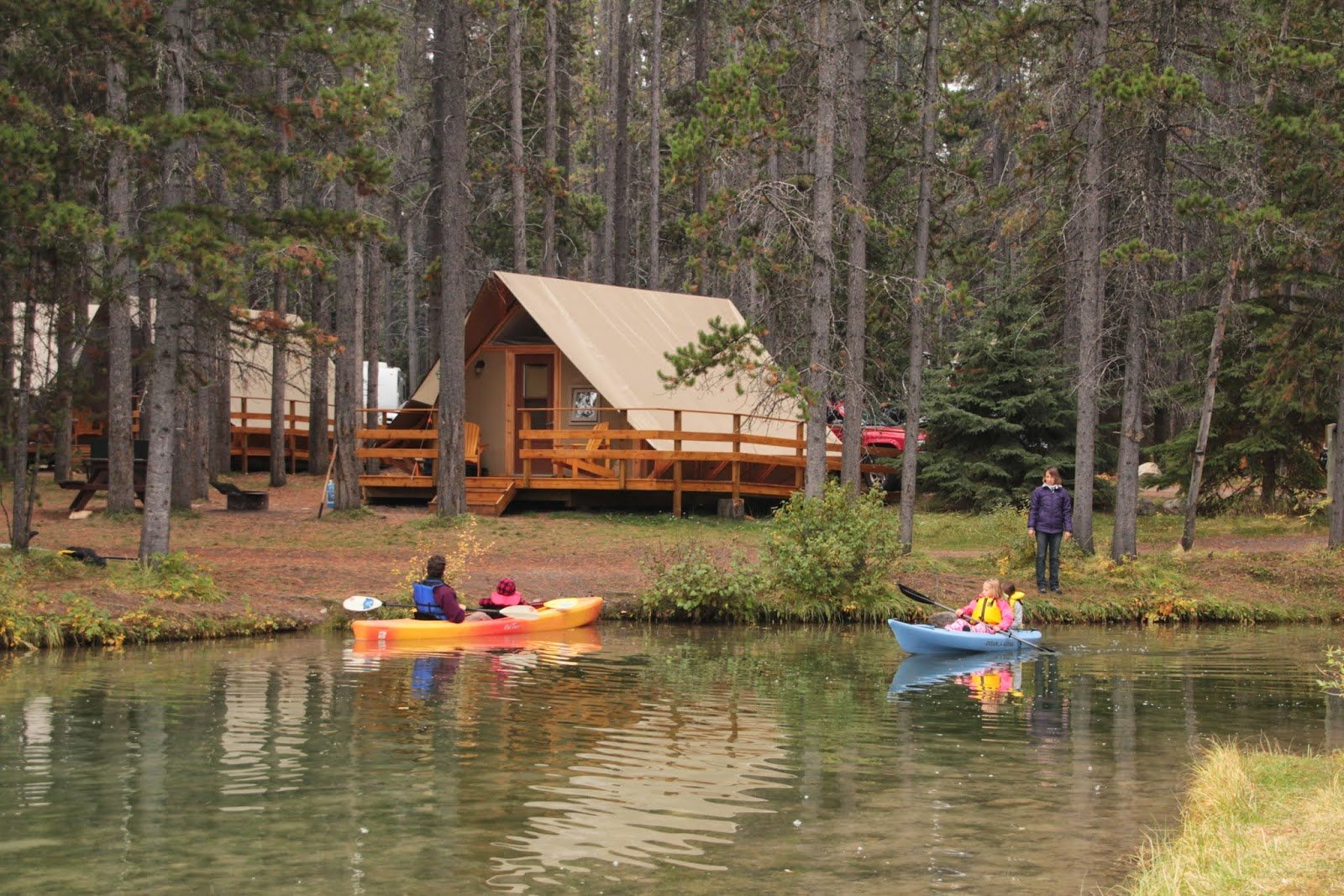
2. Torres del Paine National Park, Chile
- Location: Patagonia, Chile
- Features: Towering granite peaks, glaciers, and pristine lakes.
- Camping Options: Backcountry camping and refugios (mountain huts).
- Best Time to Visit: November to March.

3. Yosemite National Park, USA
- Location: California, USA
- Features: Iconic granite cliffs, waterfalls, and giant sequoias.
- Camping Options: Campgrounds and wilderness permits for backcountry camping.
- Best Time to Visit: Spring and fall.

4. Serengeti National Park, Tanzania
- Location: East Africa
- Features: Vast savannas, the Great Migration, and abundant wildlife.
- Camping Options: Safari-style camping.
- Best Time to Visit: Dry season (June to October).
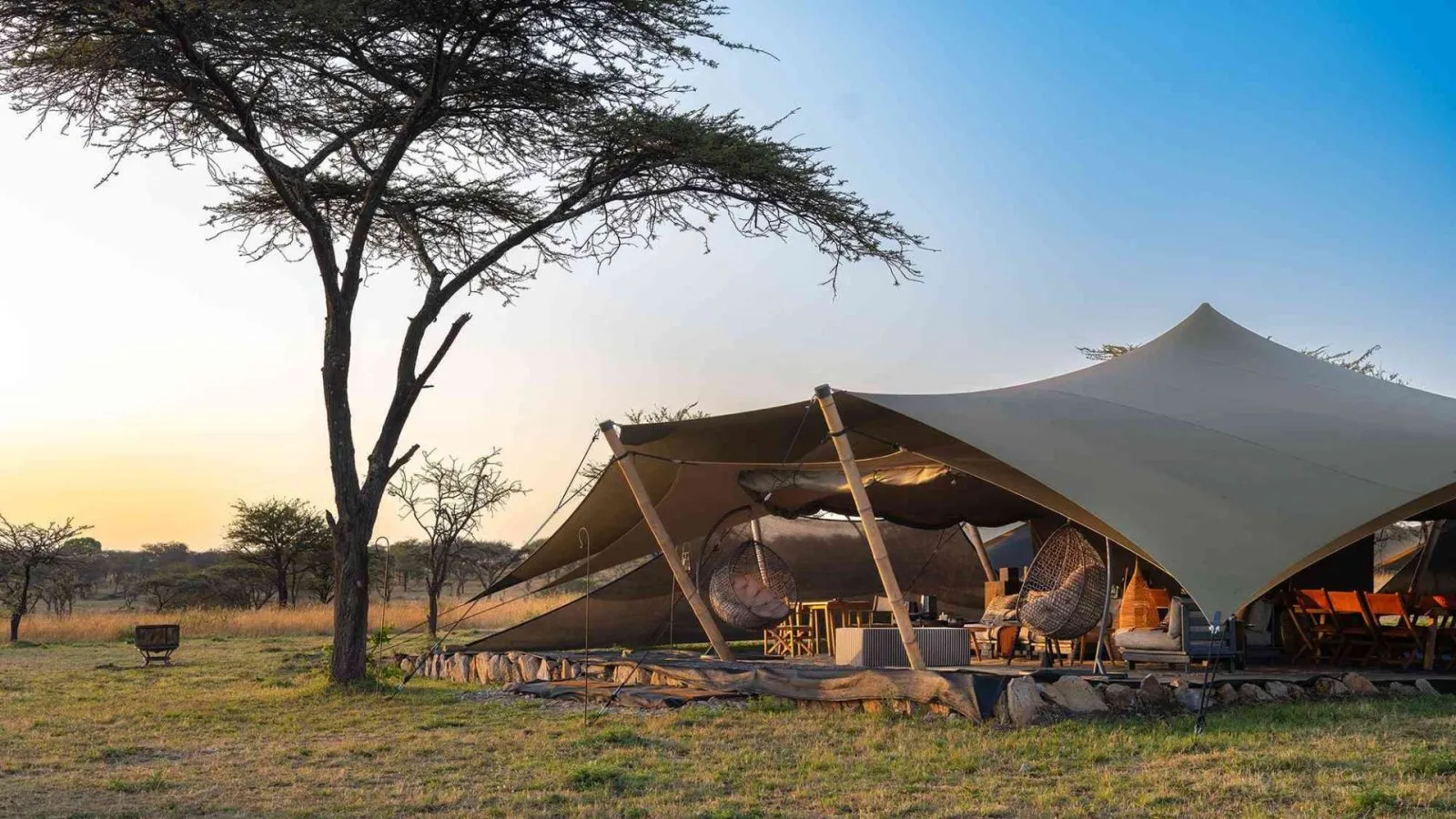
5. Lofoten Islands, Norway
- Location: Arctic Circle, Norway
- Features: Dramatic fjords, midnight sun, and Northern Lights.
- Camping Options: Wild camping (allemannsretten).
- Best Time to Visit: Summer for extended daylight.
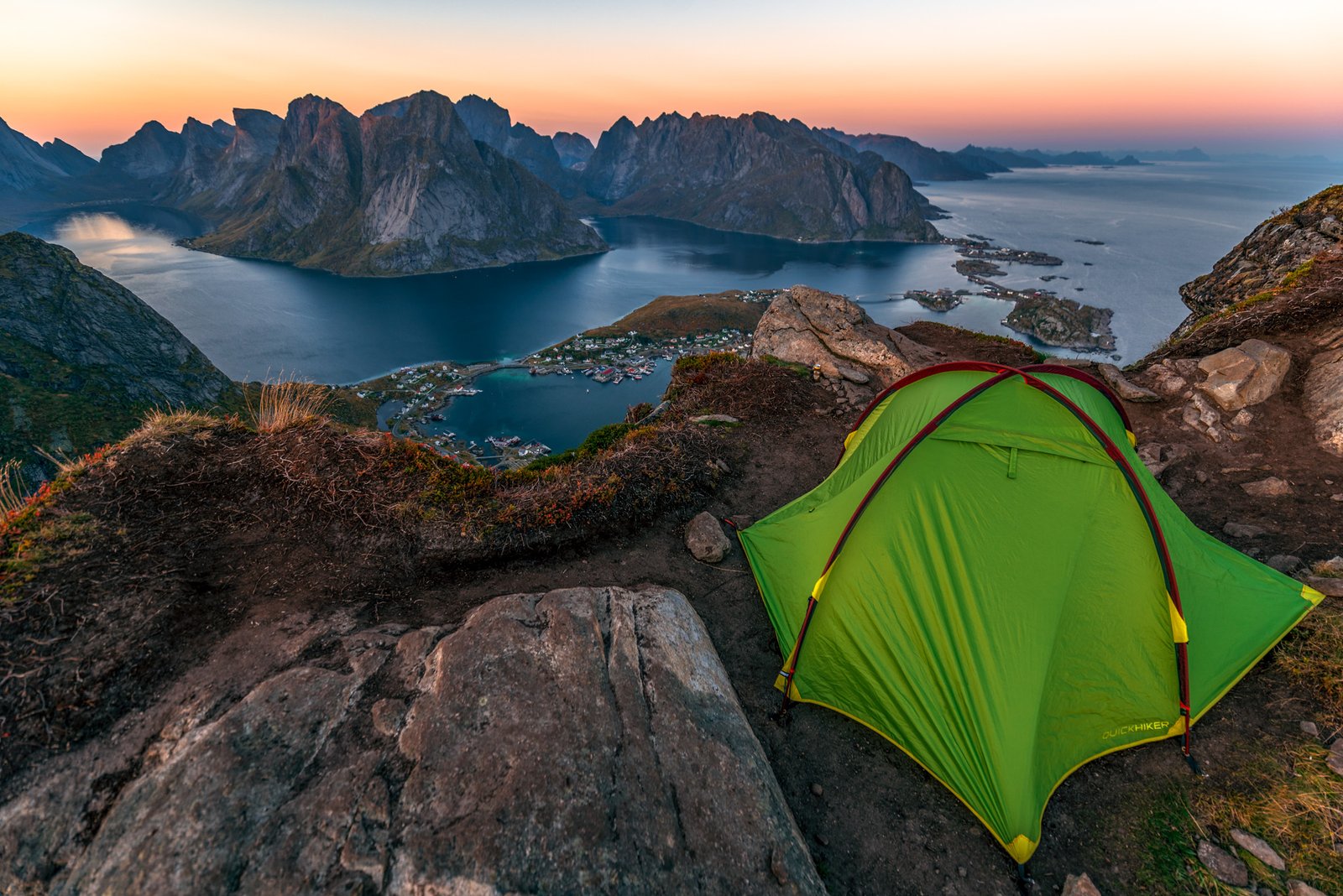
6. Great Ocean Road, Australia
- Location: Victoria, Australia
- Features: Coastal cliffs, Twelve Apostles, and lush rainforests.
- Camping Options: Campgrounds along the road.
- Best Time to Visit: Year-round, but avoid peak summer crowds.
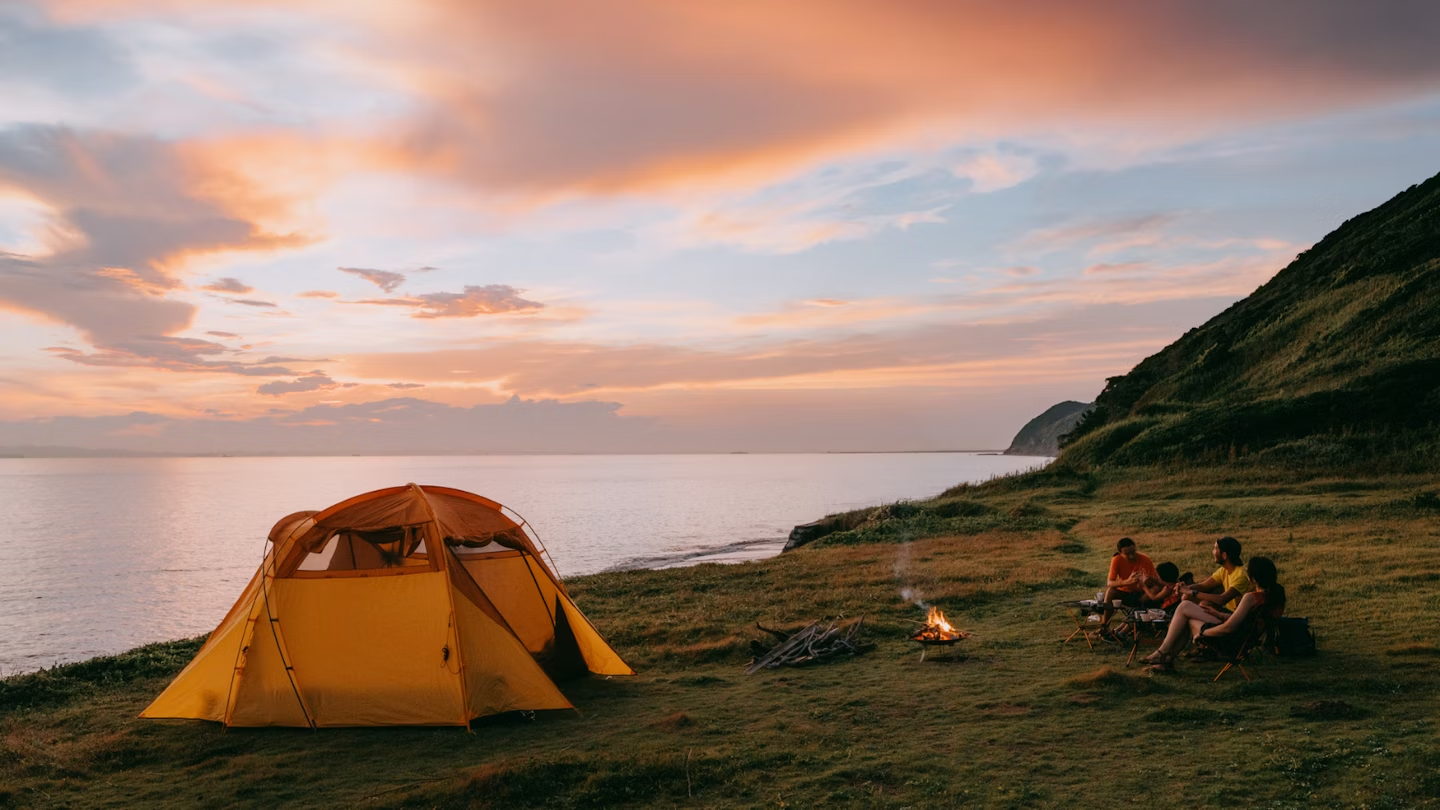
7. Namib-Naukluft National Park, Namibia
- Location: Namib Desert, Namibia
- Features: Otherworldly dunes, star-studded skies, and desert-adapted wildlife.
- Camping Options: Wilderness camping.
- Best Time to Visit: Cooler months (May to September).
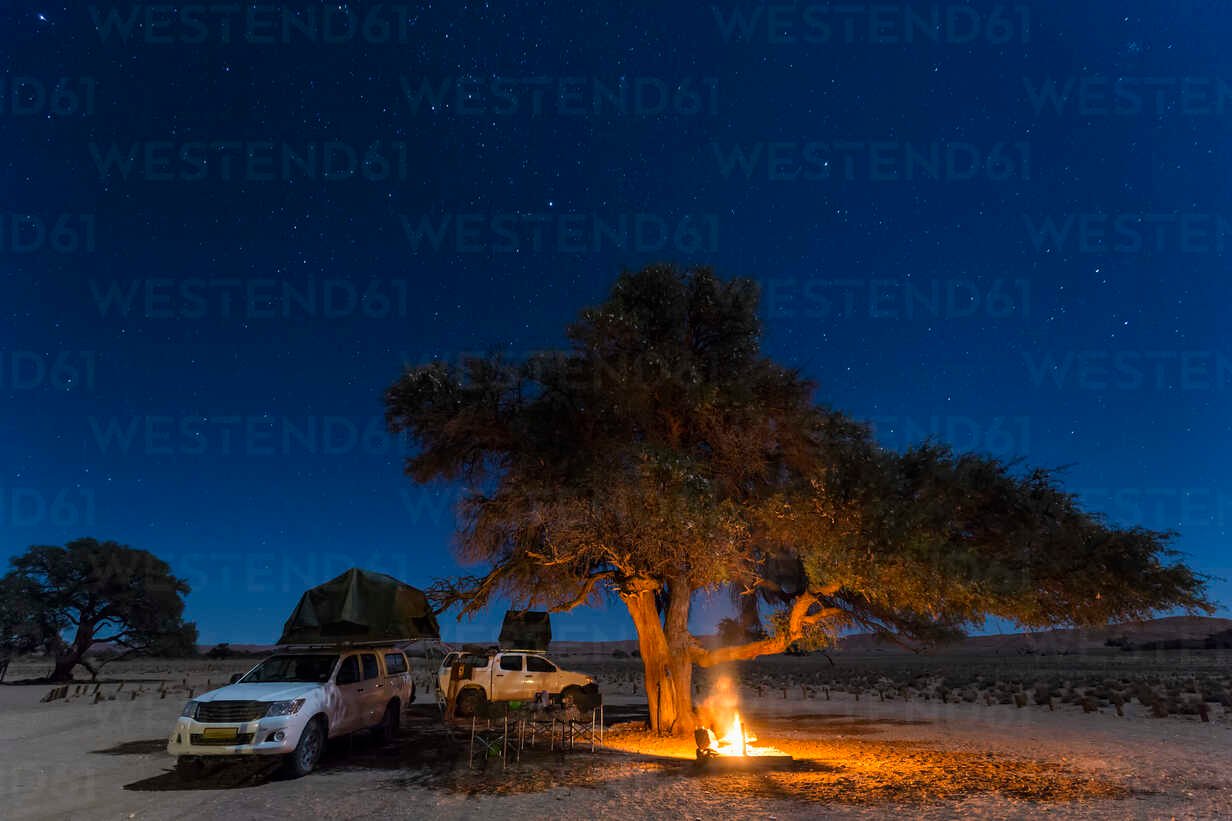
8. Lake District, England
- Location: Cumbria, England
- Features: Rolling hills, serene lakes, and charming villages.
- Camping Options: Campsites and wild camping (with permission).
- Best Time to Visit: Spring and early summer.

9. Tongariro National Park, New Zealand
- Location: North Island, New Zealand
- Features: Volcanic landscapes, alpine meadows, and the Tongariro Alpine Crossing.
- Camping Options: Campgrounds and huts.
- Best Time to Visit: Summer (December to February).

10. Denali National Park, USA
- Location: Alaska, USA
- Features: Rugged tundra, grizzly bears, and North America’s highest peak (Denali).
- Camping Options: Campgrounds and backcountry permits.
- Best Time to Visit: Summer (June to August).

Conservation and Community
Remember, as we explore these pristine landscapes, we’re stewards of their future. Leave no trace, respect local communities, and support conservation efforts.
Camping Tips and Essentials
Pack light, bring sturdy gear, and savor the simplicity. And don’t forget marshmallows for campfire stories!
Experiences from Campers
Campers share tales of starlit nights, unexpected encounters, and the joy of waking up to birdsong. Each campfire holds a story waiting to be told.
Challenges and Considerations
- Weather Variability: Nature can be unpredictable. While planning your camping trip, be prepared for sudden weather changes. Pack appropriate clothing for both warm days and chilly nights.
- Altitude and Acclimatization: High-altitude destinations like Ladakh or the Andes require acclimatization. Take it slow, stay hydrated, and listen to your body.
- Wildlife Encounters: While encountering wildlife is thrilling, it’s essential to maintain a safe distance. Familiarize yourself with local fauna and follow guidelines to avoid disturbing animals.
- Leave No Trace: As responsible campers, leave the environment as pristine as you found it. Minimize your impact by packing out all trash, respecting flora, and avoiding campfires in sensitive areas.
- Permits and Regulations: Some destinations require permits for camping. Research in advance and obtain necessary permits to avoid any legal issues.
- Safety Measures: Learn basic first aid, carry a map, and inform someone about your itinerary. Emergency communication devices are crucial, especially in remote areas.
- Cultural Sensitivity: Respect local customs and traditions. Be mindful of noise levels and cultural norms, especially in places like Sossusvlei or Ladakh.
- Limited Amenities: While camping allows you to disconnect, it also means limited amenities. Be prepared for basic facilities and plan accordingly.
- Conservation Efforts: Support conservation initiatives. Learn about the fragile ecosystems you’re visiting and contribute positively to their preservation.
- Solo vs. Group Camping: Consider whether you prefer solitude or camaraderie. Solo camping offers introspection, while group camping fosters shared experiences.






